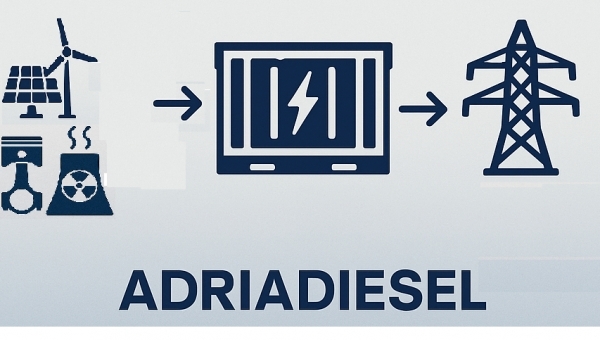Author: Dr. Nenad Končar, M.Sc.Eng.
Date: May 23, 2025
As global demand for electric vehicles and renewable energy reaches historic highs, China is once again taking the lead — this time with sodium-based batteries. While most of the world still relies on lithium-ion technology, Chinese manufacturers are introducing batteries that use cheaper and far more abundant sodium — an element that can be derived from ordinary sea salt.
Mopeds as Drivers of Change
At the center of this technological shift are electric scooters, popularly known as "little electric donkeys," a vital means of transportation in many Asian cities. Yadea, China's largest two-wheeler manufacturer, has already launched three sodium-powered scooter models and is developing fast-charging and battery-swap infrastructure. The goal? Affordable and safe electric mobility for millions of daily users.
Why Sodium?
Sodium-ion batteries aren’t new — they’ve been in parallel development with lithium-ion for decades. However, recent lithium shortages and price spikes (with lithium sources concentrated in only a few countries) have reignited interest in sodium. The advantages are clear: sodium is about 400 times more abundant than lithium, more stable at high temperatures, and less prone to catching fire.
Shorter Range, Greater Safety
The main drawback of sodium-ion batteries is their lower energy density. While lithium-ion batteries are ideal for long-range cars, sodium is better suited for two-wheelers and stationary systems. That’s why an increasing number of Chinese cities — such as Shenzhen — are becoming “battery-swap cities,” aiming for large-scale implementation of sodium technology in everyday transportation.
Energy Storage – The Real Battleground
The greatest potential for sodium-ion batteries may lie beyond mobility — in energy storage systems. Chinese power grid operators already use sodium batteries to balance the grid and integrate renewables. The first large-scale energy storage station in southern China now uses sodium cells — powering up to 1,500 households.
Europe and Croatia: Where Do We Stand?
While China invests massively in R&D and production infrastructure, Europe is still seeking a clear strategy. Croatia — with its existing industrial base and engineering expertise — could claim a role in the supply chain, especially by developing container-based solutions for stationary storage.
Conclusion: Time to Diversify
Lithium will remain dominant for some time, but sodium is opening the door to a new era of energy security and sustainability. Two-wheelers may just be the beginning — but the real battle for energy independence and technological leadership is already underway in labs, factories, and strategic plans.
? Contact:
This email address is being protected from spambots. You need JavaScript enabled to view it.
? www.adriadiesel.hr












